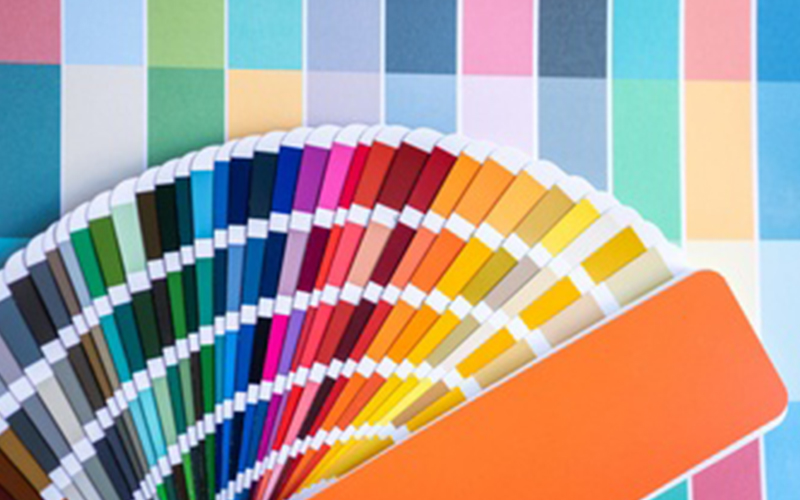
This article will discuss the power of colors, how they affect people, and the different meanings behind colors. After reading this article, you should understand color psychology and use colors to influence your audience.
What Is Color Psychology
Color psychology is based on the belief that every color has its meaning, affecting humans’ emotions and behavior. It can be used in many different ways, including marketing campaigns for clothes or cars and psychological primers for playing sports or giving speeches. Using color affects people’s moods by stimulating certain areas of their brain. Colors have been known to create a positive environment because they provide warmth and light, perfect for clothing store windows, or make a bad situation worse by inducing depression and anxiety if they are too bright. It is safe to say that color psychology has become an integral part of everyday life, though most people are unaware they are being influenced.
You can even use these tricks without knowing anything about color psychology. Here is a list of the most important things you should know to adjust your attitude and behavior according to different colors:
Yellow
The meaning behind yellow is happiness and cheerfulness. They are known for being optimistic and full of energy and have stimulating effects that sometimes cause anger or frustration. In presentations, yellow helps keep people engaged because it gives them positive energy they can feed off from.
Blue
This color is linked to stability, trustworthiness, and success. It calms nerves and provides a sense of security, making people feel comfortable while listening to you speak – which will make sure they focus on every single word you’re saying without missing a beat. Furthermore, blue reduces appetite.
Black
Black symbolizes power and strength; it’s the color most often used in uniforms because it makes everybody look like equals (also known as the ‘uniform effect’). However, black is also associated with aggression and sadness. Due to this, you should never use black as the background color for your presentation.
Red
This color stands for excitement or anger; depending on how bright or dark red is, that’s the emotion you can expect from it. It has been known to provoke both positive emotions (like love) and negative ones (like hate). Another reason why red is so widely used in advertisements is its physical effects: your pulse rate increases when looking at red objects or images, which leads to rapid breathing or sweating.
White
This color represents purity and cleanliness (just like white sheets), but also hospitals, funerals, or other sad occasions (it’s used as the background color for dates of death). It’s often recommended to use white backgrounds to simplify everything else on your slide; however, since this color is known to cause a disconnection between you and your audience, it might be better not to rely 100% on backgrounds during public speaking.
Grey
Grey represents reliability and stability; this is why they are used so often for presentations. It calms nerves and provides a sense of security, but blue-grey has no stimulating effects either (which makes it preferable if you’re doing something like pitching).
Green
Green stands for new life or growth; that’s why green is mostly used in nature-related presentations about sustainable development, environmental solutions, or recycling. Since green promotes calmness and balance, it could help reduce your audience’s stress levels – but if you’re trying to create an impact for something like a product presentation or a sales pitch, green might not be the best way to go.



